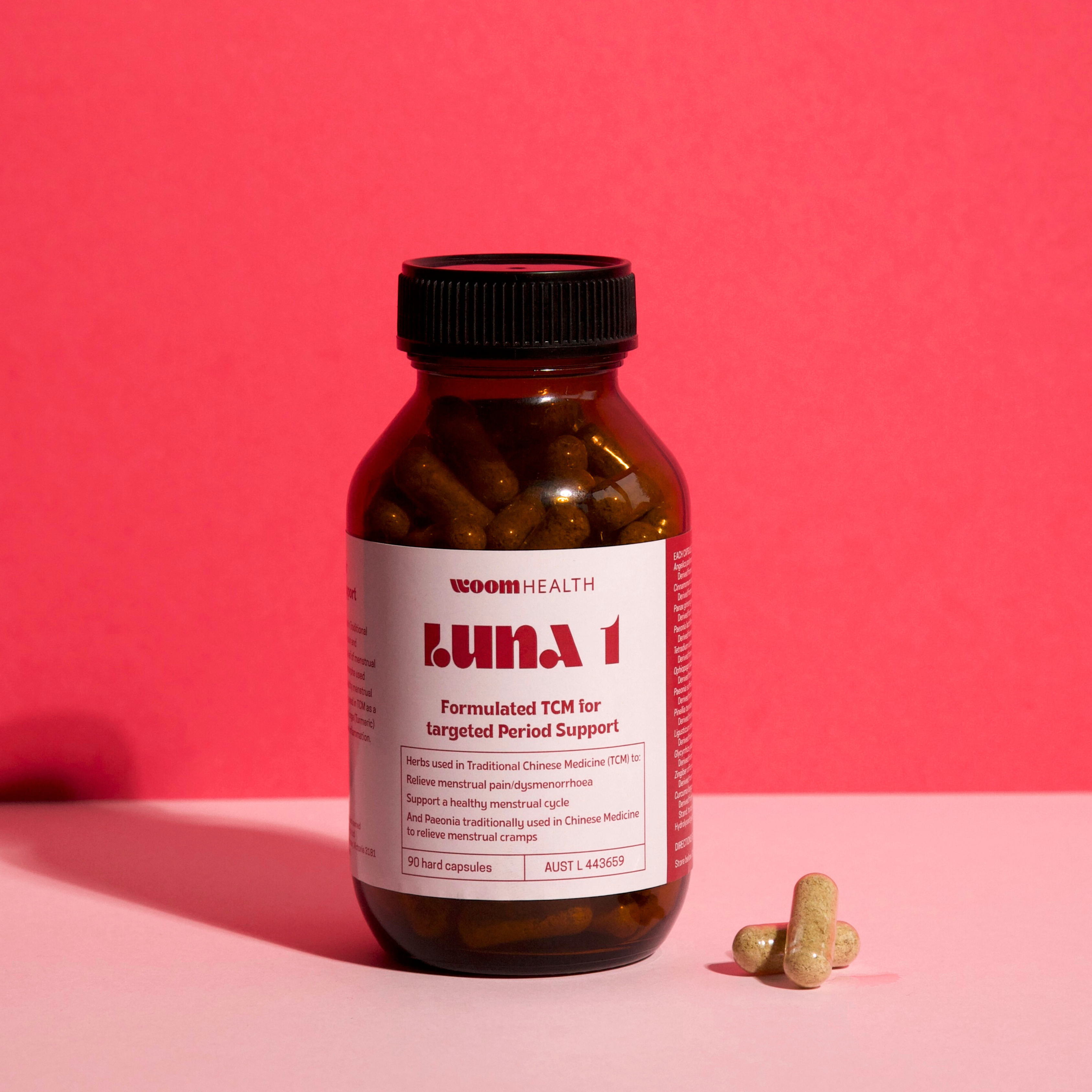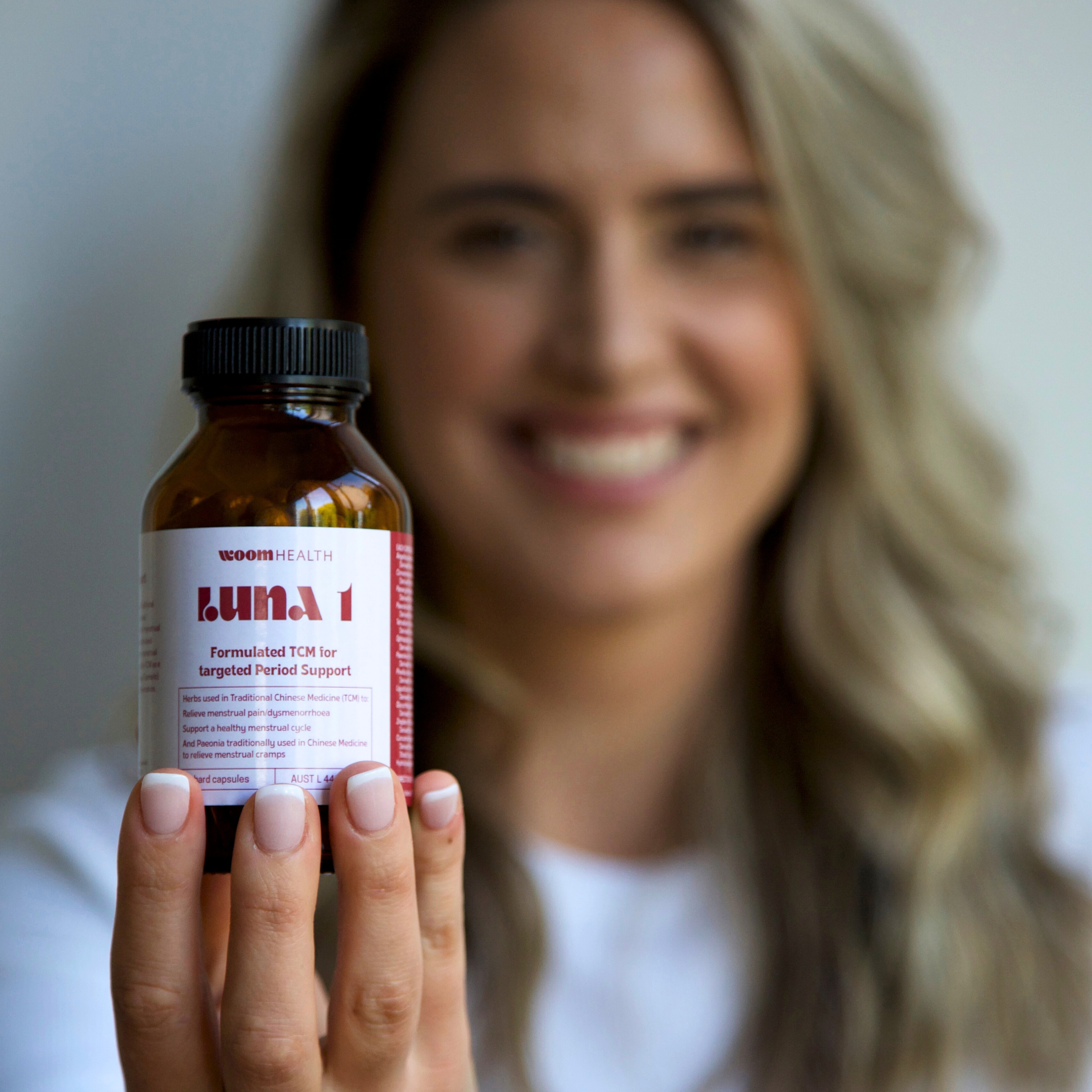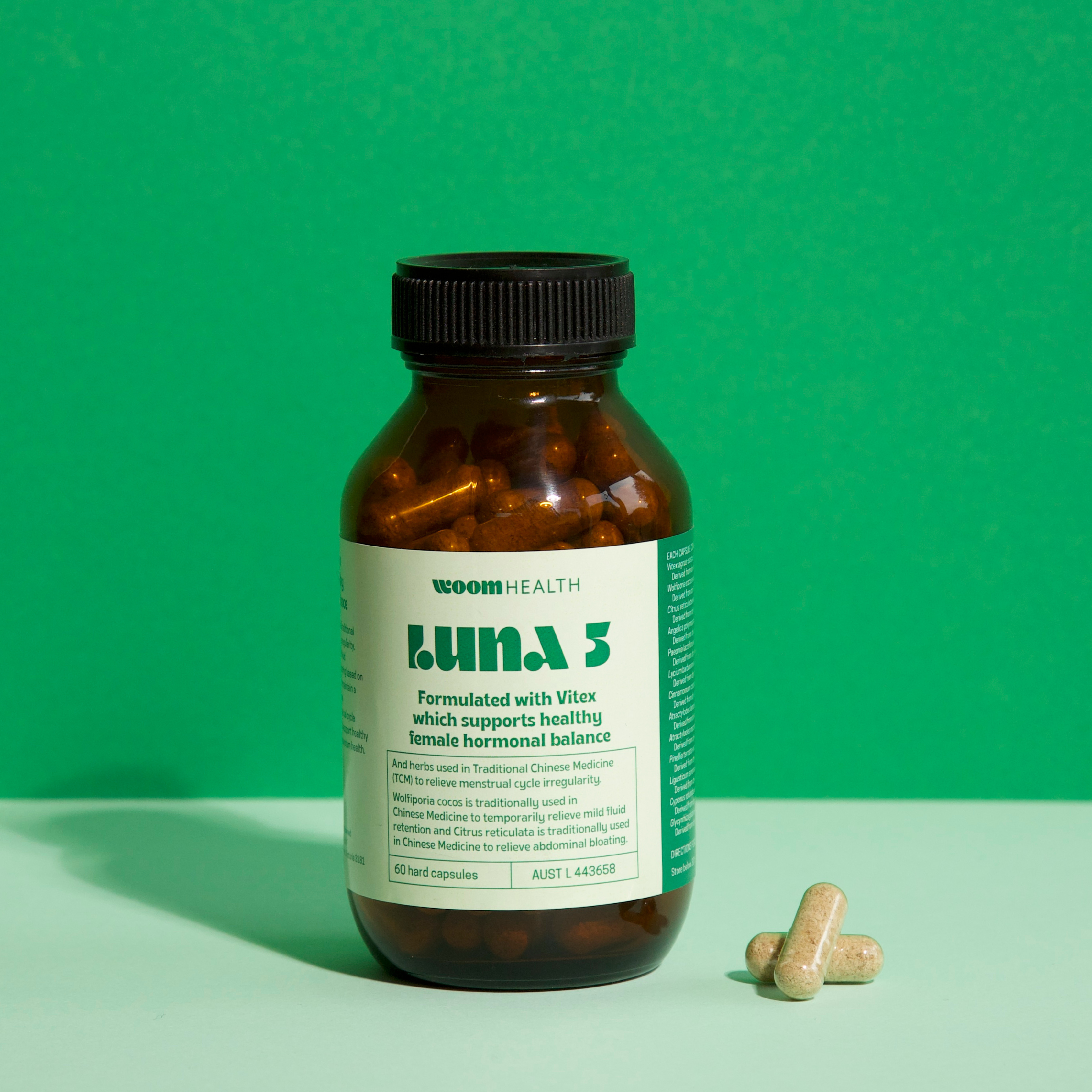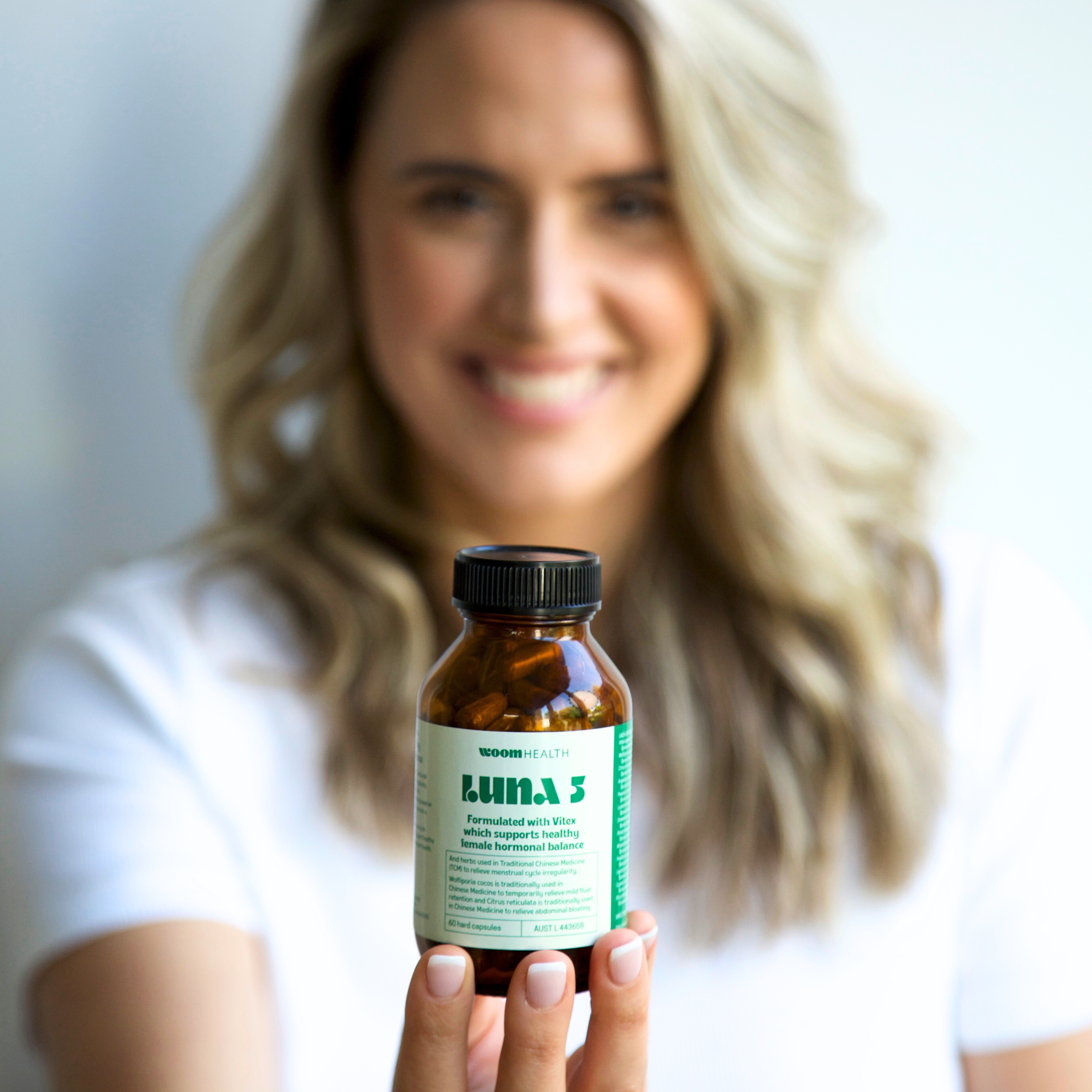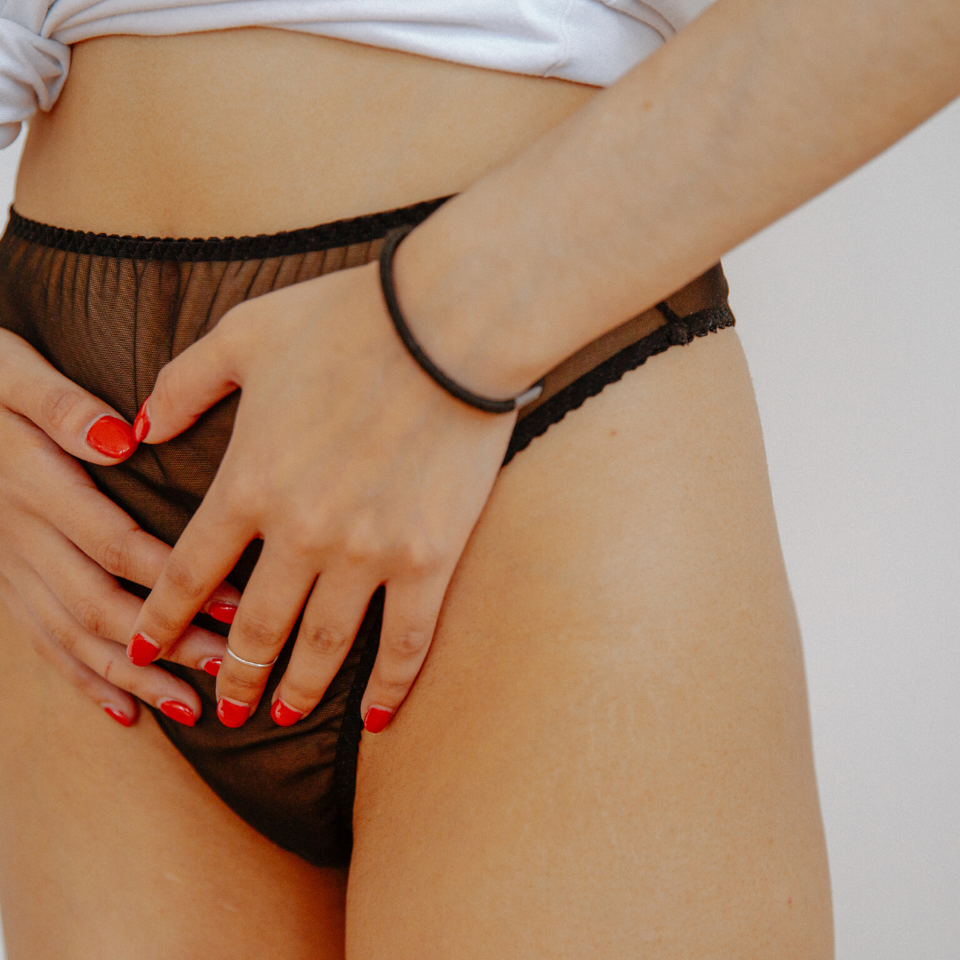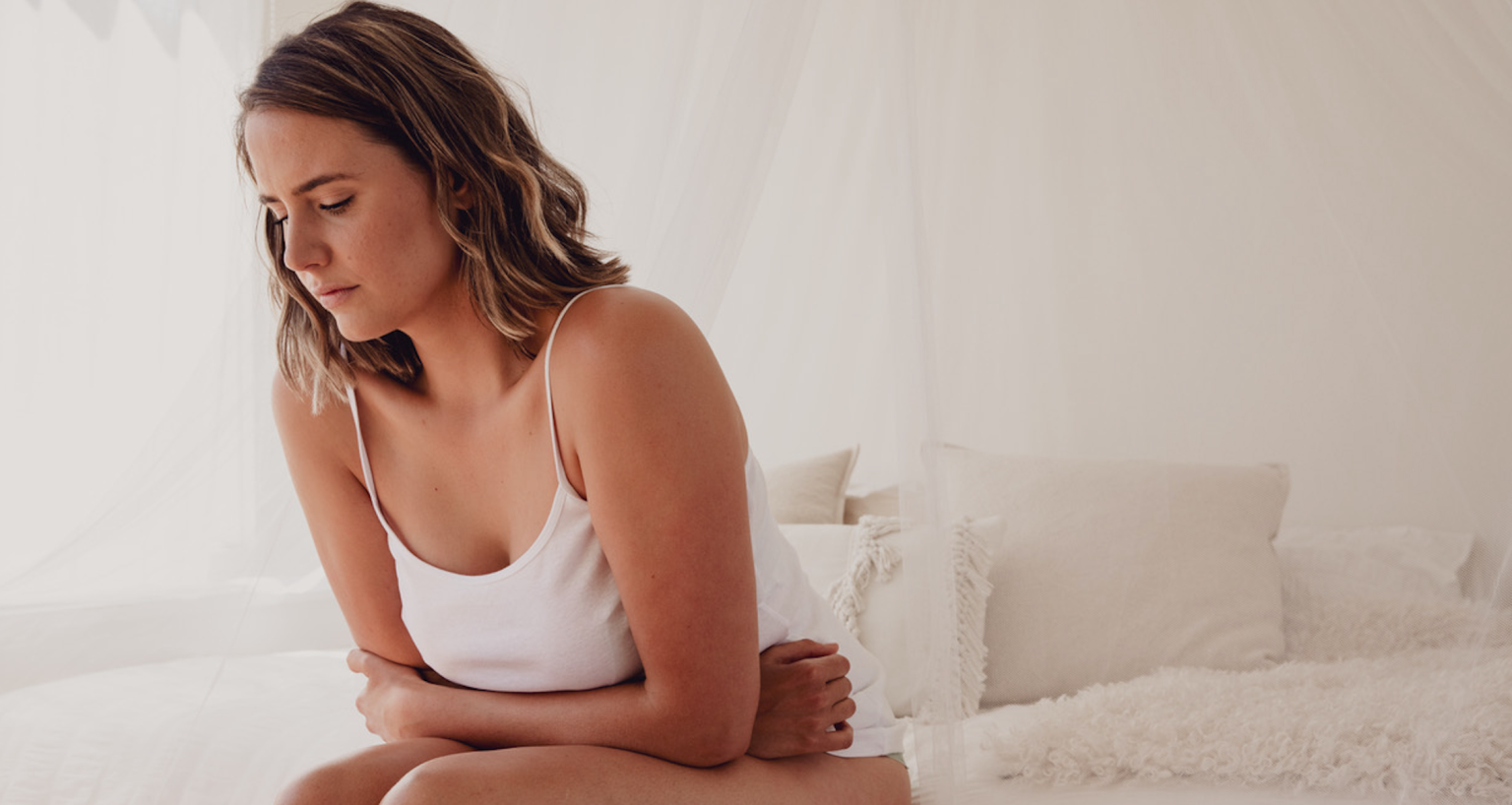6 Lifestyle Changes to Manage your Endometriosis Symptoms

Ready for some ENDO hacks?
Endometriosis is defined as the growth, adhesion, and progression of endometrial tissue that is similar to the endometrial lining but different. It grows outside the uterine cavity. It is characterised by a constellation of symptoms, including dysmenorrhea (painful periods), dyspareunia (painful intercourse), and dyschezia (painful bowel movements).
Typically, doctors prescribe pain medications or hormonal birth control (like Mirena or the Pill) to manage symptoms. But did you know there are natural lifestyle changes that you can use to help manage your symptoms of endometriosis without using drugs? Here are some of our suggestions.
Try a low-FODMAP diet
Research shows that a low-FODMAP diet may reduce symptoms in women who have endometriosis and IBS [1].
FODMAP is the acronym for fermentable oligosaccharides, disaccharides, monosaccharides, and polyols. These are short-chain carbohydrates, also known as sugars, that absorb poorly in the small intestines. Poor absorption can cause the symptoms associated with endometriosis and IBS, such as gas, constipation, diarrhoea, cramping, and bloating.
Go gluten-free
Evidence suggests that a gluten-free diet may benefit individuals with endometriosis. One study found that of 207 patients with severe endo pain, 75% of them experienced a significant decrease in pain after 12 months on a gluten-free diet [2].
Remember, if you cut out gluten, the goal is to replace it with whole foods that support your whole body. Gluten-free pasta is a good option, but swapping gluten-free pasta with spaghetti squash is even better!
Cut back on red meat
Some research suggests that a high intake of red meat may be associated with increased levels of oestrogen and inflammation.
A prospective cohort study from the American Journal of Obstetrics and Gynecology found that women who consumed more than two servings of red meat per day had a 56% higher risk of being diagnosed with endometriosis than those who consumed one or fewer servings of red meat per week [3].
Grab a yoga mat
Embrace your feminine energy. Yoga helps support your hormones, balances your chakras, and releases the feel-good hormones!
Gentle exercise is a natural pain reliever, and some research has found that yoga helped reduce chronic pelvic pain with endometriosis [4].
With movement, your body releases endorphins that reduce your awareness of pain. It improves blood circulation to the pelvis muscles and helps relieve tension and cramps. It gets your bowel movements moving and aids in digestion, bloating, and constipation. It gets you in a good mood and supports your mental health.
Consider acupuncture
Acupuncture is another great hack you can add to your lifestyle!
In a recent 2021 study conducted by Dr Mike Amour Sydney University NICH, research found 42% of women who participated in the 8-week study experienced a reduction in pelvic pain after using acupuncture [5].
Acupuncture reduces inflammation, balances hormones, and induces a pain-killing effect. It’s a great non-pharma treatment for endometriosis!
Supplements and all-natural alternatives
In addition to exercise and diet changes, supplements and all-natural treatments are great hacks to ease your endo symptoms. Incorporate magnesium to relax your muscles and reduce bloating and drink peppermint tea to assist with digestion.
Here at Woom.Health we've formulated period targeted support that relieves menstrual cramping and dysmenorrhea AKA period pain.
Try them out!
The best thing about these hacks? They don’t mask symptoms or end your menstrual cycle! Instead, they support your overall health and help target the Ben & Bao. It’s possible to manage your symptoms, and we encourage you to find a licensed physician, naturopathic doctor, or nutritionist that you trust to help guide you through these lifestyle changes.
See the science:
- Moore JS, Gibson PR, Perry RE, Burgell RE. Endometriosis in patients with irritable bowel syndrome: Specific symptomatic and demographic profile, and response to the low FODMAP diet. Aust N Z J Obstet Gynaecol. 2017;57(2):201-205.
- Marziali M, Venza M, Lazzaro S, Lazzaro A, Micossi C, Stolfi VM. Gluten-free diet: a new strategy for management of painful endometriosis related symptoms? Minerva Chir. 2012;67(6):499-504.
- Yamamoto A, Harris HR, Vitonis AF, Chavarro JE, Missmer SA. A prospective cohort study of meat and fish consumption and endometriosis risk. Am J Obstet Gynecol. 2018;219(2):178.e1-178.e10.
- Gonçalves AV, Barros NF, Bahamondes L. The practice of hatha yoga for the treatment of pain associated with endometriosis. J Altern Complement Med. 2017;23(1):45-52.
- Armour M, Cave AE, Schabrun SM, et al. Manual acupuncture plus usual care versus usual care alone in the treatment of endometriosis-related chronic pelvic pain: A randomized controlled feasibility study. J Altern Complement Med. 2021;27(10):841-849.
